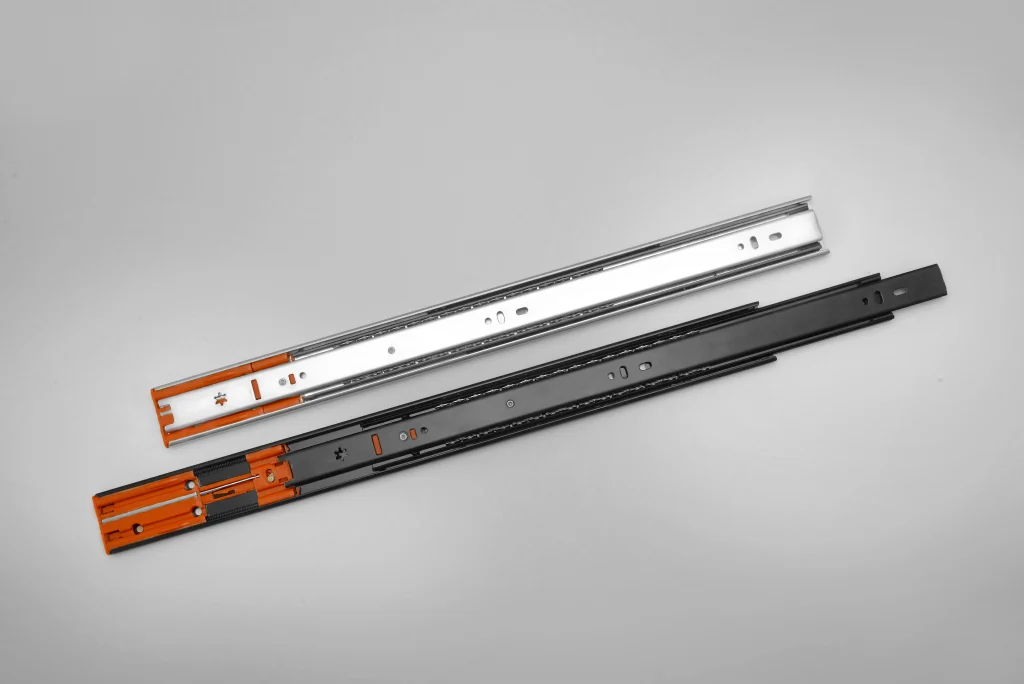The History of Telescopic Channel: From Invention to Modern Day Use.
Telescopic channels, also known as drawer slides, have become an integral part of modern furniture design. These devices allow drawers to smoothly slide in and out of furniture pieces, making them easy to access and use. However, the history of telescopic channels is much older than most people realize. In this article, we will explore the origins of telescopic channels, their evolution, and their modern-day uses.
Table of Contents
- Introduction
- The Origins of Telescopic Channels
- Evolution of Telescopic Channels
- The Emergence of Drawer Slides
- Modern-Day Uses of Telescopic Channels
- Advancements in Telescopic Channel Technology
- Conclusion


1. Introduction
Telescopic channels, also known as drawer slides, are devices that allow drawers to move in and out of furniture pieces smoothly. They are used in a variety of applications, from kitchen cabinets to office desks. These devices have become an essential part of modern furniture design, but their history is much older than most people realize.
2. The Origins of Telescopic Channels
The first telescopic channels were developed in the early 17th century by English clockmaker Thomas Tompion. Tompion was known for his high-quality clocks, which required precise and reliable movements. To achieve this, Tompion developed a system of wooden runners and brass guides that allowed the clock’s mechanism to move smoothly.


3. Evolution of Telescopic Channels
Throughout the 18th and 19th centuries, telescopic channels continued to evolve. The use of metal runners and guides became more common, and improvements were made to the design of the channels themselves. By the early 20th century, telescopic channels had become a standard feature in many types of furniture.
4. The Emergence of Drawer Slides
In the early 20th century, a new type of telescopic channel was developed specifically for use in drawers. These devices, known as drawer slides, allowed drawers to move in and out of furniture pieces smoothly and easily. Drawer slides quickly became a popular feature in furniture design, and they continue to be used today.


5. Modern-Day Uses of Telescopic Channels
Today, telescopic channels and drawer slides are used in a wide variety of applications. They are commonly found in kitchen cabinets, office desks, and filing cabinets. They are also used in industrial and automotive applications, such as toolboxes and storage containers.
6. Advancements in Telescopic Channel Technology
In recent years, there has been a growing demand for telescopic channels with soft-close and push-to-open features. These features are designed to enhance the user experience by providing a smooth and quiet operation while also improving safety. Soft-close telescopic channels are equipped with a hydraulic damper that slows down the closing speed of the drawer or shelf while push-to-open telescopic channels allow the user to open the drawer or shelf with a gentle push.

7. Conclusion
In conclusion, the telescopic channel has come a long way since its invention in the early 20th century. From its humble beginnings as a wooden device used in industrial equipment to its modern-day use in the manufacturing of furniture and cabinetry, the telescopic channel has revolutionized the way we store and organize our belongings. Its versatility, affordability, and ease of use have made it an essential component in the furniture and cabinetry industry. With the growing demand for soft-close and push-to-open features, the telescopic channel is set to continue its evolution and remain an integral part of our lives.
